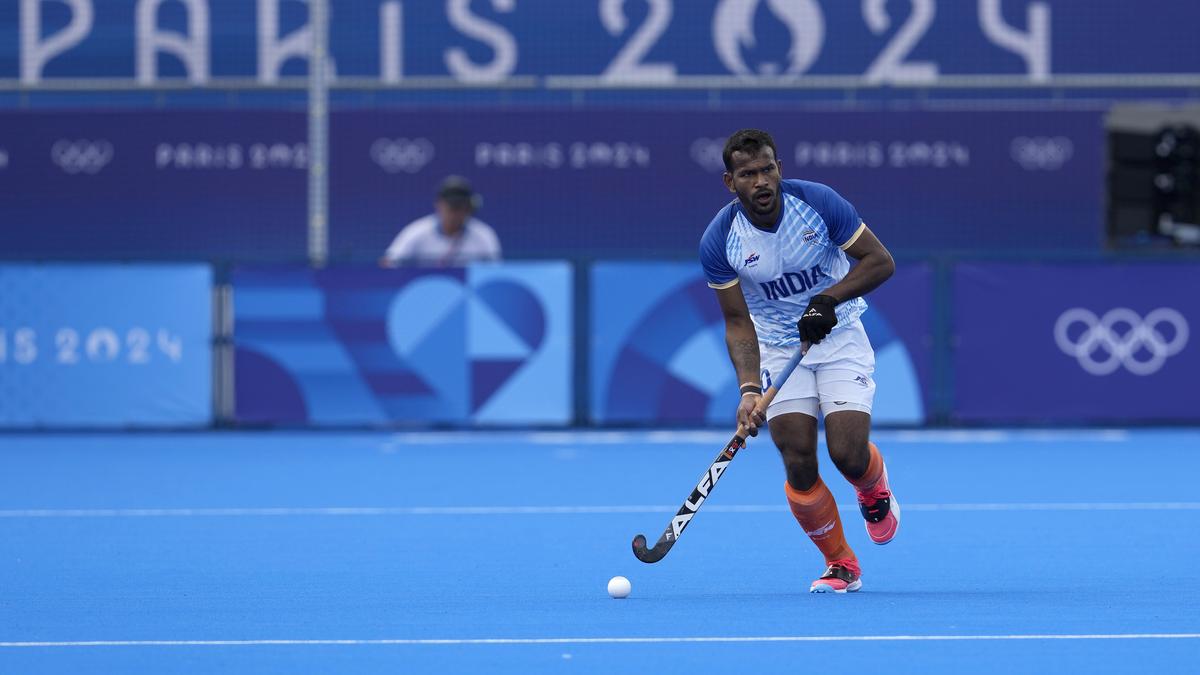Field Hockey at the Paris Olympics: Scoring, Fouls, and Penalties Explained
Field Hockey: Scoring, Fouls, and Penalties in the Paris Olympics
Field hockey is a fast-paced and exciting sport where the primary objective is to score the most goals within 60 minutes. This time is divided into four 15-minute quarters.
Scoring:
The game begins with a pushback, where a player plays the ball from the center of the court. Each team then attempts to gain control of the ball and score a goal by hitting it into the opposing team’s net.
Fouls and Penalties:
During the game, either team can commit a foul or a forbidden player action. Fouls can be more severe if committed within the Dee, a designated area in front of the goal.
Common fouls include:
* Hitting the ball with the foot
* Obstructing an opponent
* Dangerous play
Each foul results in one of three strike options for the opposing team:
* Free Hit: Given for fouls outside the Dee.
* Penalty Corner: Awarded for fouls within the Dee.
* Penalty Stroke: A rare opportunity to score a goal, given for serious fouls within the Dee.
Penalty Corner:
A penalty corner is a strategic opportunity to score a goal. The team can aim the ball at an opposing player’s foot to earn a penalty corner. The ball is then placed on the goal line, and the attacking team has five attempts to score.
Penalty Stroke:
A penalty stroke is a one-on-one opportunity for a player to score a goal. It is awarded for serious fouls within the Dee, such as deliberately blocking the ball with the foot or other body parts. The player takes a shot from the penalty spot, facing the goalkeeper.
Conclusion:
Field hockey is a dynamic sport that requires skill, strategy, and teamwork. Understanding the rules and penalties is crucial for players and spectators alike. The Paris Olympics will showcase the world’s best field hockey teams competing for gold.

